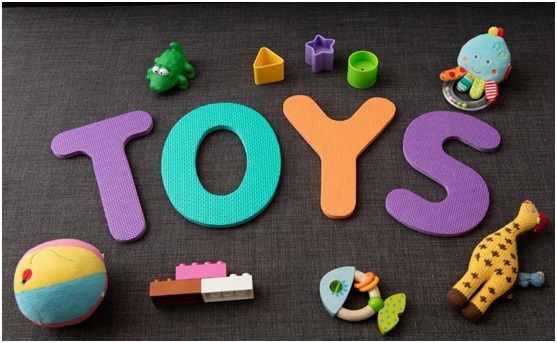Our company provides testing services for many toy companies, and has been widely recognized by various governments or agencies. As for the quality and safety control of toys, countries or regions in the world have made different standards and limits. WorldCom's testing can provide testing services that can be adapted to various international regulations in accordance with the market demand of customers.
EU
1.EN71 Part 1 - Physical and Mechanical Testing
2.EN71 Part 2 - Flammability Test
(a) Finished product
(b) Fluff or fleece material
3.EN71 Part 3 - Toxic Metal Content Test
4.EN71 Part 6 Age Warning Label Image
5.EN50088/EN62115 electric toy safety test
6. Electromagnetic Compatibility Test (EMC)
7. Phthalates Content
8. Cadmium Content (Cadmium Content 91/338/EC)
9. Toxic Elements Test on Packaging Materials 94/62/EC
10. Nickel Content and Nickel Release (Nickel Content & Nickel Release)
(a) EN1811
(b) EN12472
11. Perspiration and saliva fastness (DIN 53160)
12. Formaldehyde Content, Formaldehyde Content in Wood
13. PCP Content-Leather or Fabric (PCP Content-Leather or Fabric)
14. Lead & Cadmium Content (Lead & Cadmium Content)
15. PAHs Content
16. Battery and Battery Directive 2006/66/EC
USA
American Toy Standard ASTM F 963-08
US Consumer Product Safety Commission (CPSC) (16CFR)
US Consumer Product Safety Improvement Act H.R. 4040 (CPSIA)
Poisonous elements in the package test CONEG
Electromagnetic Compatibility Test FCC part 15 Class B and C
Canada
Canadian Dangerous Products (Toys) Regulations
(Canada Hazardous Products (Toys) Regulation, C.R.C., c. 931)
Canadian Dangerous Products Act
(Canada Hazardous Products Act., R.S.c. H-3)
Japan
Japan Toy Safety Standard ST2002
Australia/New
Zealand Toy Safety Standard: AS/NZS ISO 8124
Part One: Mechanics Testing
This section specifies the safety requirements for toys used from birth to 14-year-olds. The main judgment is whether the toy contains sharp edges or dangerous sharp points. After the abuse test (pressure, tension, torsion, collision, drop, etc.) is performed, it is judged whether or not the ball contains small balls or small parts, so as not to harm the child by swallowing. For heavy stationary toys, judge their stability and avoid damage caused by collapse.
Secondly, this part enumerates the methods of toy testing and specifies the requirements for packaging and labelling.
Part II: Flame Retardant
This section mainly relates to toys worn on the head, including hair and tentacles; toys for children (including toy tents); plush stuffed toys, etc., according to the burning speed to determine whether the pass, the maximum burning speed specified in the standard It is 30mm/s.
Part III: Chemical Testing
This section not only stipulates the limits of the 8 heavy metals in surface paints, coatings, and inks of toy materials; it also requires the testing of the migration of dyeing substances, the requirements for materials containing polyethylene and polyvinyl chloride, and the formaldehyde content test of textiles used in toys. .

